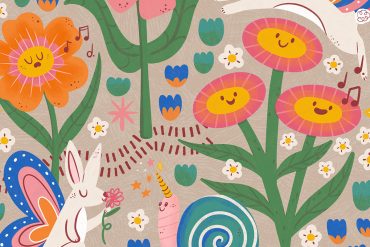Last week I covered the first step in developing a successful design portfolio project: researching the company, as well as their ideal customer. The...
If you are looking to land your first job or internship it is important to thoroughly know the company with which you are applying,...
* images via: Alexander McQueen Pre-Fall 2013, vogue.com The life cycle of a print has many stages: trend research, concept development, artwork creation, tweaking,...
If your goal is to have your textile designs make it into the fashion industry, you’re in the right place. I’ve put together five...
Developing a portfolio project with a specific company in mind shows the hiring manager that you are able to adapt your style to the...
Sometimes it is difficult to know how you want to grow your business. You know that you want to be out in the market,...
When launching a freelance textile design business, the list of assumed “must-haves” and “must-knows” can be long and understandably overwhelming. Many designers assume that...
The life cycle of a pattern design has many stages: trend research, motif creation, layout development, tweaking, adjusting, coloring, finalizing—and, finally, establishing the repeat. ...
What is a textile designer?
Textile designers create surface pattern designs for fabrics. These fabrics are then sold by the yard or turned into garments, home furnishings and more.
A textile designer is not just concerned with the design that they develop and how it prints on their inkjet printer. Their main concern is how the design is going to look when it is printed on fabric and sewn into the finished product.
Being a textile designer means thinking big picture. It means thinking about how your design is going to look on hundreds of yards of fabric. It means being OK with the fact that your design is not always going to be the star of the show because it compliments the final product so well, that people instead comment on the beauty of the dress or the accessory.


















